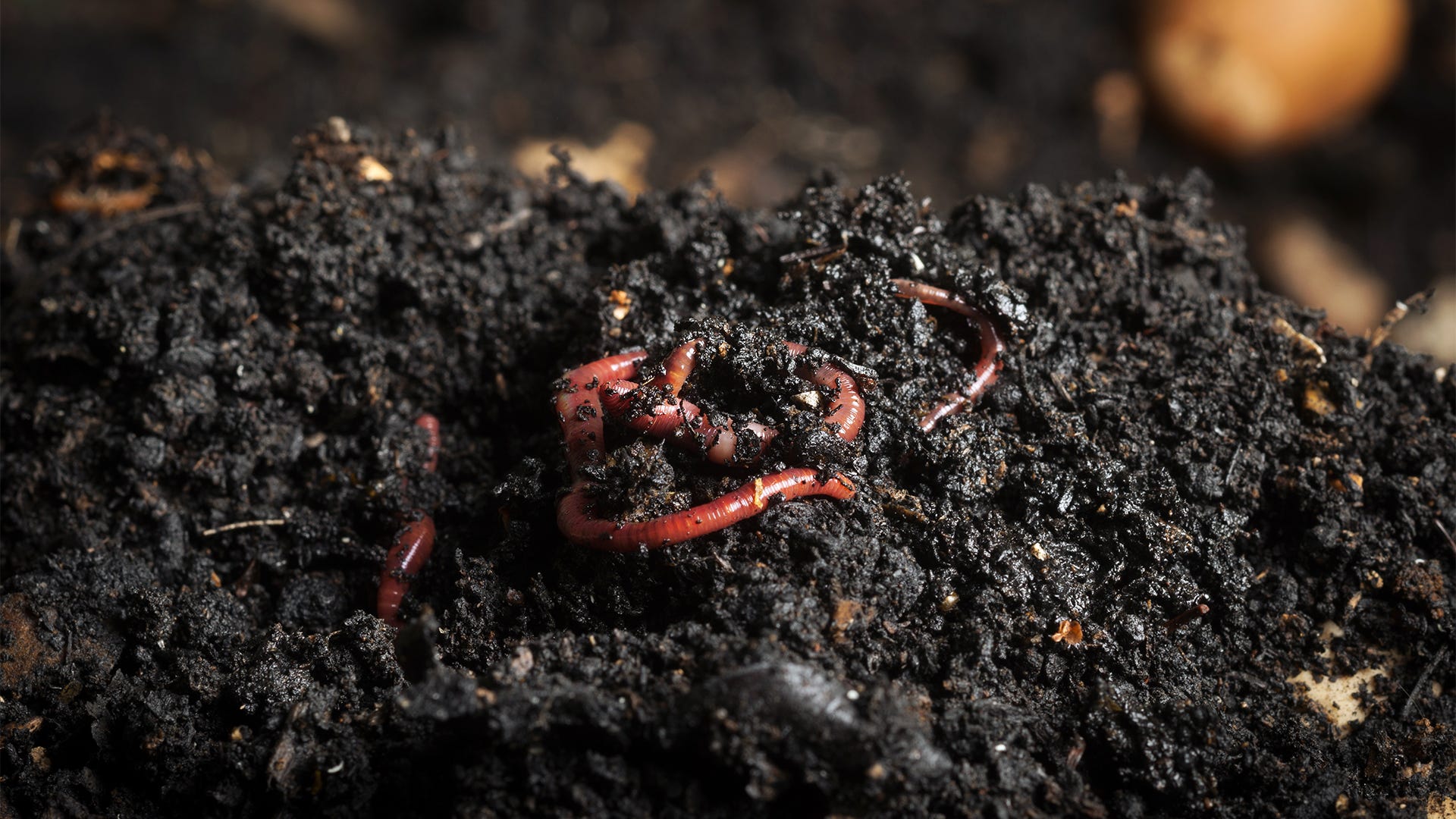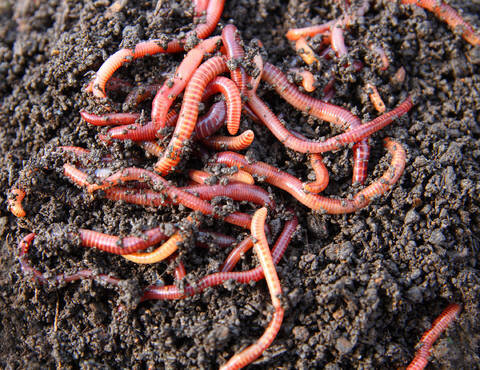Composting-optimized red worms: A guide to their life cycle
Composting-optimized red worms: A guide to their life cycle
Blog Article
Making Use Of Red Wigglers for Reliable Organic Waste Disposal
These worms not only boost waste disintegration yet also yield valuable worm spreadings, which can significantly enhance dirt health. Comprehending the subtleties of establishing up a successful worm bin and keeping an optimum habitat is crucial for optimizing their benefits.
Advantages of Using Red Wigglers
One of the most compelling benefits of using red wigglers for natural garbage disposal is their exceptional effectiveness in composting. These worms, medically understood as Eisenia fetida, are particularly adjusted for damaging down organic products, enabling them to refine waste approximately twice their body weight every day. This fast decomposition not just accelerates the composting procedure but also generates nutrient-rich worm spreadings that considerably boost soil quality.
Furthermore, red wigglers add to a decrease in land fill waste. By diverting natural products from landfills, they assist reduce methane discharges-- a potent greenhouse gas. This environmental benefit is crucial in the battle against climate adjustment.
Moreover, red wigglers are low-maintenance and can prosper in different settings, making them obtainable for both beginner and seasoned composters. Their ability to replicate promptly guarantees a stable population, promoting ongoing waste handling.
Establishing Up Your Worm Container
Creating an efficient worm container is necessary for maximizing the advantages of composting with red wigglers. Make sure the container has appropriate drainage holes to protect against excess dampness, as red wigglers grow in a moist however not soaked environment.
(Worm Farms Near Me)Following, prepare the bed linens product, which offers as the worms' environment and food source. The container should be positioned in a dark, temperature-controlled area, ideally between 55 ° F and 77 ° F, to preserve worm activity.
As soon as the container is established up, present the red wigglers, permitting them to acclimate to their new environment. A well-kept container will not only sustain the health and wellness of the worms however also help with efficient decomposition of organic waste.
(red wiggler fishing worms)
What to Feed Red Wigglers
An understanding of the suitable diet plan for red wigglers is essential for maintaining a healthy worm population and enhancing composting performance. These things not just supply important nutrients but also contribute to the dampness balance within the worm container.
It is crucial to prevent specific foods that can harm the worm population. Red wigglers need to not be fed useful reference meat, dairy products, oily foods, or processed things, as these can draw in insects and produce unpleasant odors. red wigglers. Furthermore, citrus fruits and zesty foods must be decreased, as their level of acidity can be destructive to worms
Monitoring the worm bin for food usage prices will certainly assist ensure that red wigglers are obtaining a sufficient diet regimen while keeping an efficient composting setting. Appropriate feeding practices are essential for promoting a flourishing environment within the worm bin.
Preserving Your Worm Habitat
A well-maintained worm habitat is essential for the health and efficiency of red wigglers. To make sure optimal conditions, it is essential to keep track of temperature level, moisture, and aeration within the worm bin (red wigglers).
A good regulation of thumb is to keep wetness at around 70% to 80%. If the bed linens comes to be too damp, it can lead to anaerobic problems that are damaging to the worms.

Utilizing Worm Castings in Horticulture
Rich in nutrients and valuable microorganisms, worm spreadings work as an exceptional natural plant food for gardening. Generated through the gastrointestinal procedures of red wigglers, these castings consist of a range of vital nutrients, including nitrogen, phosphorus, and potassium, which advertise robust plant growth. Unlike synthetic plant foods, worm spreadings offer a slow-release device, ensuring that nutrients are available to plants over an extensive duration, consequently lowering the risk of nutrient leaching and dirt depletion.
Along with vitamins and mineral material, worm castings improve dirt structure and aeration, enhancing moisture retention and water drainage. The microbial life present in worm spreadings assists to reduce pathogens and promotes a healthy soil ecological community, additional profiting plant wellness. When included into the dirt or used as a leading clothing, worm spreadings can significantly enhance seed germination prices, origin growth, and general plant vitality.
For optimum results, garden enthusiasts need to use worm spreadings at a rate of 1-2 inches per square foot, mixing them right into the soil or incorporating them right into potting blends. In general, utilizing worm castings is an eco-friendly strategy to enhancing soil fertility and guaranteeing thriving yard settings.
Verdict

Report this page